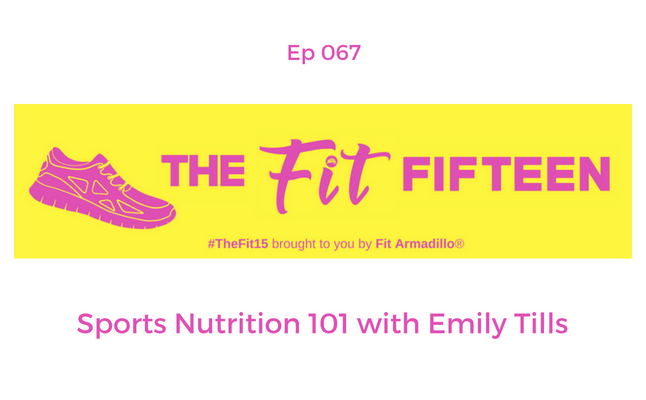There's one expense that we cannot avoid, its the grocery bill. Whether you do your shopping once a month (I wish I could only go once a month!), every other week, once a week or every day, you're probably paying more than you need to be! There are a few simple ways to reduce the cost of your bill starting today.
Shop with coupons
Maybe you've seen the TLC show Extreme Couponing, where people spend over 20 hours a week scouting out coupons, trimming them, and organizing them to get the best deal. Some of the people on the show walk out with thousands of dollars in groceries and only pay a few dollars. You don't have to go that insane to save a few bucks. Pick up your local Sunday Newspaper and skim through the coupon ads. You'll start to recognize that even the manufacturers have certain times of the year that they post coupons for particular items. Right around Christmas/New Years you'll see diet products go on sale, back to school time normally has hygiene and beauty items on sale, and in the spring, cleaning supply coupons are everywhere. If you don't want to get the paper, go on to the grocery store website and see if they have any digit coupons that you can clip and tie to your shopper's saving card. And don't forget to sign up for the saving cards, they are free and can save you more than you think! Last week at Price Chopper, I had over $20 in savings from using my Advantage Card and got money off gas too!
Skip the ready prepared items
You know those packages of chopped or spiralized vegetables that look all pretty sitting in the case waiting for you to buy them? They are often 3-4 times more expensive than the whole item. Instead of spending $5 on a bag of chopped romaine lettuce, pick up a head of romaine for $1.99 and clean it and chop it yourself. Not only will you be saving money, but you'll also have a longer shelf life than the pre-packaged ones because often those aren't as fresh as the whole product. Instead of buying a pound of spiralized zucchini for $10, you can get a few pounds of zucchini and a personal spiralizer for your home for under $10!
Buy in larger sizes
There are certain items that actually get cheaper if you buy more of it. Milk is one of those things. Rather than buying a quart for $1.59, buy the whole gallon for $1.69. If you're nervous that it may go bad before you drink it all, look for the cartons with the sell-by date furthest from today and remember that the sell-by date is not the use by date. There is typically another 5-7 days after the sell-by date that the product will still be good. Eggs is another item that you can buy in larger quantities; as long as they are refrigerated, you can keep eggs in the fridge for 3-4 weeks without them going bad.
Buy the store brand
You may be weary that the store brand is not as good as a national brand but I am here to set the record straight; whatever national brand the store brand is sitting next to is usually the same exact product. Stores pay national brands to package their products in the store packaging. This is true for peanut butter, most cereals, pastas,dips, cheese, breads, chips, jellies, vegetables and crackers. The national brand will always be more expensive than the store brand, so why pay more for the brand name if you're getting the same product.
Buy in season products
This more so applies to fruits and vegetables, but it carries a lot of weight. You want to buy the produce that is currently in season to ensure you get the best price, the best flavor, and the highest nutrient content. Don't look for fresh apples in the spring thinking that your local orchard is already selling them, most stores will store the previous season's fruit in a climate controlled area to try and hold it at fresh, but then charge you more for it. By buying local blueberries when they are in season you will know that they didn't travel across country to sit in the store and that you won't be paying extra for them to be brought across the country.
Shop smart and save money!
















